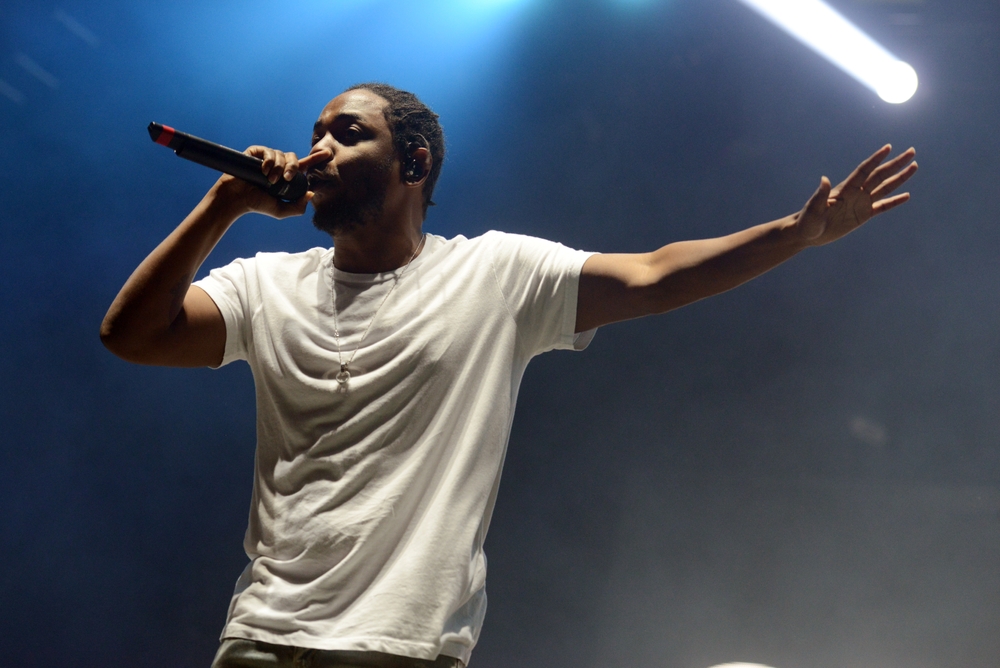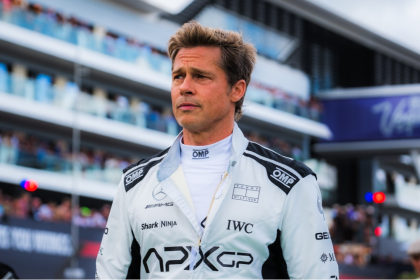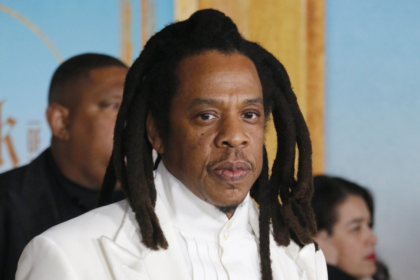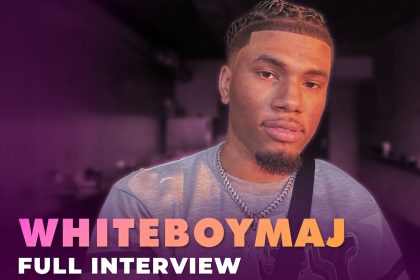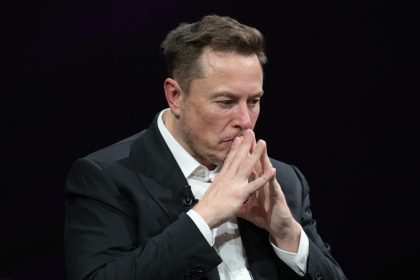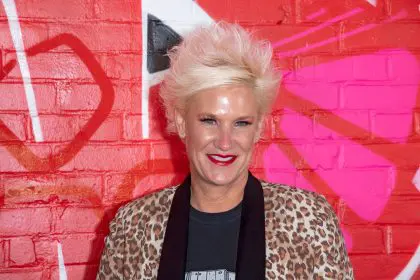A recent clash between Top Dawg Entertainment’s manager Hollywood and popular Twitch streamer Kai Cenat has ignited heated discussions across social media platforms. The dispute centers around claims about Kendrick Lamar’s Super Bowl halftime show, revealing deeper tensions beneath the surface of entertainment industry relationships.
During one of his highly-watched streams, Cenat shared his perspective on Lamar’s performance, suggesting the production team had enhanced the crowd’s reaction through artificial means. The streamer’s comments quickly spread across social platforms, catching the attention of industry insiders and fans alike.
An insider sets the record straight
Hollywood’s response to these allegations offers a fascinating glimpse into the behind-the-scenes dynamics of high-profile events. The TDE manager suggests the criticism stems from something more personal – specifically, denied access to exclusive areas during the event. This revelation adds layers to what initially appeared to be a straightforward critique of a performance.
The bigger picture
The entertainment industry operates on carefully cultivated relationships and exclusive access. When these delicate balances shift, the ripple effects can manifest in unexpected ways. This situation highlights how personal experiences can transform into public discussions that reach millions.
Live performances at events like the Super Bowl represent the pinnacle of entertainment production. These shows combine various technical elements to create an unforgettable experience for both in-person attendees and the massive television audience. The complexity of these productions often leads to misconceptions about what happens behind the scenes.
Impact on the culture
This incident reflects broader themes within contemporary entertainment culture. Social media platforms have democratized voices in the industry, allowing content creators like Cenat to influence public opinion alongside traditional entertainment figures. However, this democratization sometimes leads to clashes between new media personalities and established industry players.
The situation also demonstrates how quickly personal disappointments can evolve into public controversies. In an age where social media amplifies every comment and reaction, the line between private frustration and public discourse becomes increasingly blurred.
Industry dynamics at play
The entertainment world’s hierarchy continues to play a significant role in determining access, influence, and career opportunities. Despite digital creators amassing millions of followers, they often find themselves navigating traditional industry gatekeeping that can limit their reach. This ongoing tension between emerging digital media and established traditional outlets creates a complex dynamic, shaping how entertainment news is developed, distributed, and consumed across various platforms. The struggle continues to redefine the industry’s future.
When high-profile events like the Super Bowl halftime show intersect with social media commentary, the resulting discussions often reveal more about the current state of entertainment culture than the initial topic itself. The interaction between Hollywood and Cenat exemplifies how different sectors of the entertainment industry sometimes struggle to coexist harmoniously.
Looking forward
As the entertainment landscape evolves, incidents like this emphasize the ongoing need for adaptation from all parties involved. Traditional industry gatekeepers must acknowledge the growing influence of digital creators and their ability to reach vast audiences. On the other hand, content creators must also recognize the complexities and challenges that come with large-scale live productions, such as those in the music and film industries. A balanced understanding is essential for future collaboration and success.
The conversation continues
This situation raises important questions about the relationship between traditional entertainment and digital influence. As platforms continue to blur these lines, similar conflicts may become more common, forcing both sides to find new ways to coexist and collaborate.
The industry watches closely as this situation develops, potentially setting precedents for how similar conflicts might be handled in the future. Whatever the outcome, this incident has already sparked valuable discussions about access, influence, and the changing nature of entertainment industry dynamics.

